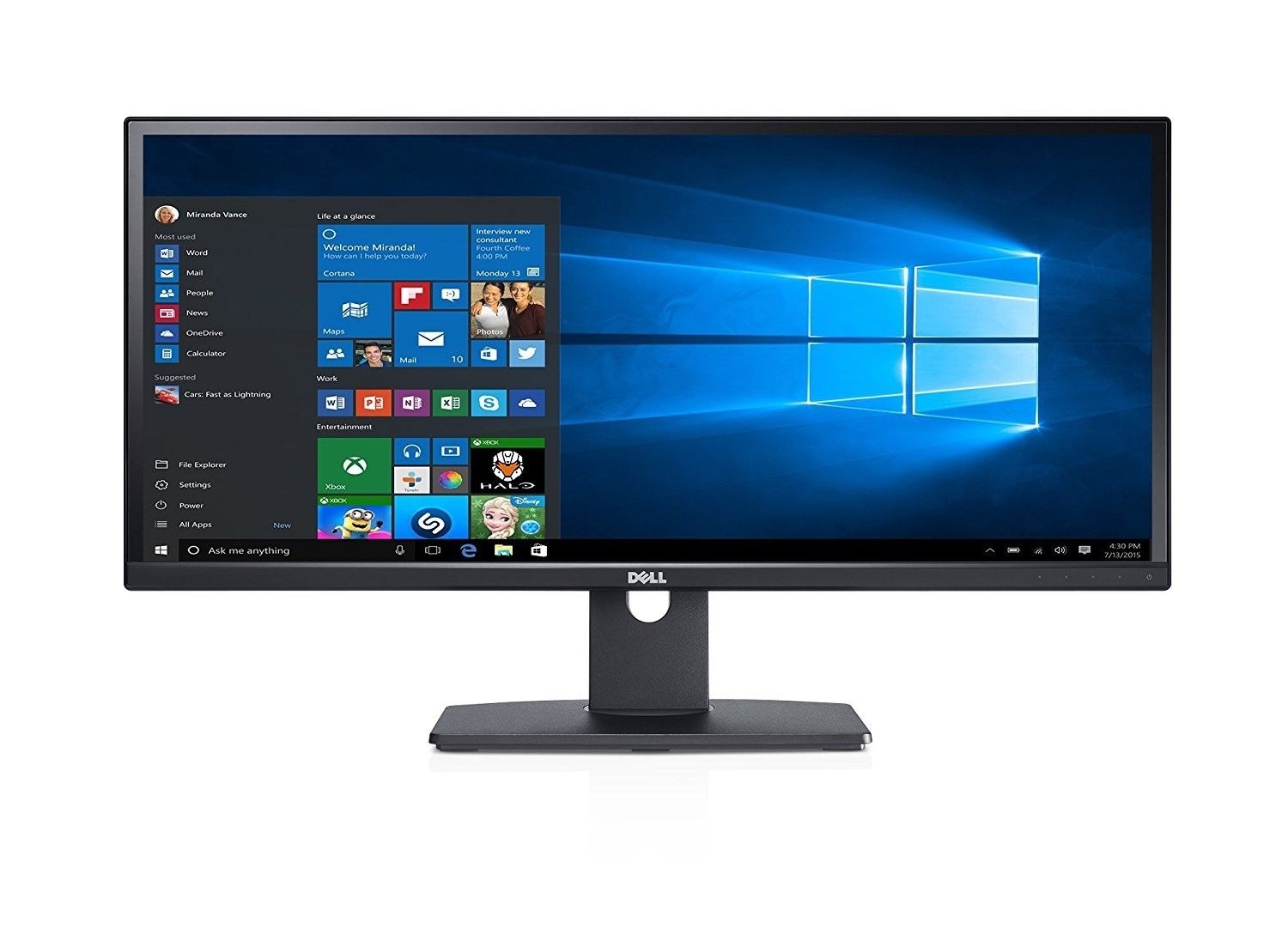
Let us know your uses for external audio line-in devices in the comments section below. If you’re interested in music production, the sky’s the limit. Restart and see if the device is still listed. For the actual device, try using a Finder search with name matches 'apowersoft' and include system files in the conditions of the search. You can also use the line-in audio jack to record an instrument in macOS. You should be able to remove the Aggregate device in 'Audio MIDI Setup'. You might want to use it to record using two different microphones in GarageBand, for instance. the audio device when FL Studio loses focus (. There’s no guarantee that the headphone jack will remain a built-in feature in future Macs, but while it’s still there, you can use it to connect external audio input devices without needing an expensive adapter. Device - A drop-down menu used to select the audio device (output/input device) to be used by FL Studio. I do not want audio capture cards or analog input directly into the computer running WireCast, as I want the ability to do Wirecast streaming from a laptop using only a gigabit network cable for all A/V data. Using External Devices on Modern macOS Devices What is the recommended input method for pro-audio, balanced, analog to digital audio input, when using NDI camera sources.

#Mac audio input device Pc
Most people choose MacBook or Mac PC because of its flawless.
#Mac audio input device how to
Certain audio input devices may also come with their own control software, allowing you to further calibrate your input settings. The Mac packs some powerful built-in audio options, but they only let you route audio out through hardware devices the built-in speakers, connected headphones, AirPlay speakers, and so on. How to Record Audio on Mac - External and Internal Sound Recording: Mac Computer is well known for its Macintosh Operating System.
:max_bytes(150000):strip_icc()/001-select-audio-in-and-out-from-your-macs-menu-bar-e864ef5ba6794234974d3f5440243ce6.jpg)
That is why, for this fifth audio converter, we’ve specifically picked one that is compatible with Mac. You may also have additional controls and settings available to you, depending on the type of device you’re using. Supported Input: MP3, M4A, WAV, AIFF, OGG, WMA. You’ll be able to see the current volume value (listed in decibels), as well as the input volume (a decimal figure, up to a maximum of 1) next to the Master volume slide for your device.


 0 kommentar(er)
0 kommentar(er)
